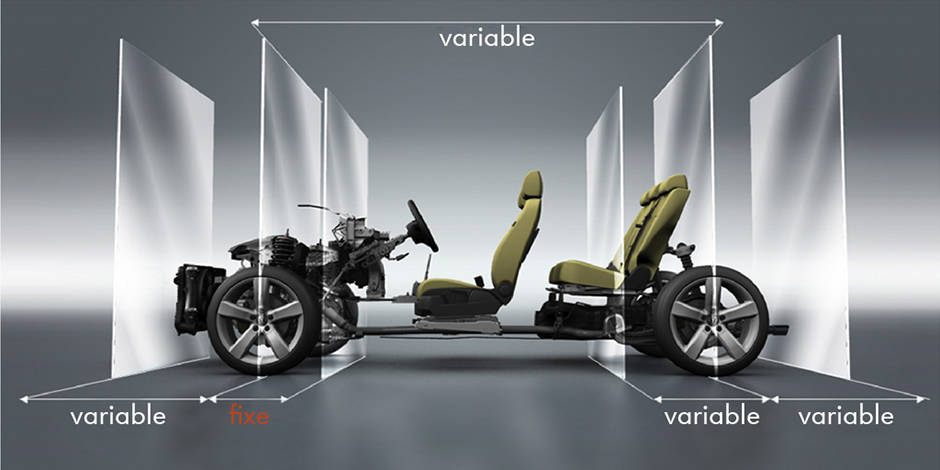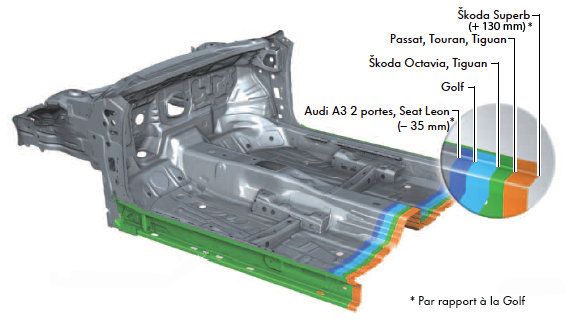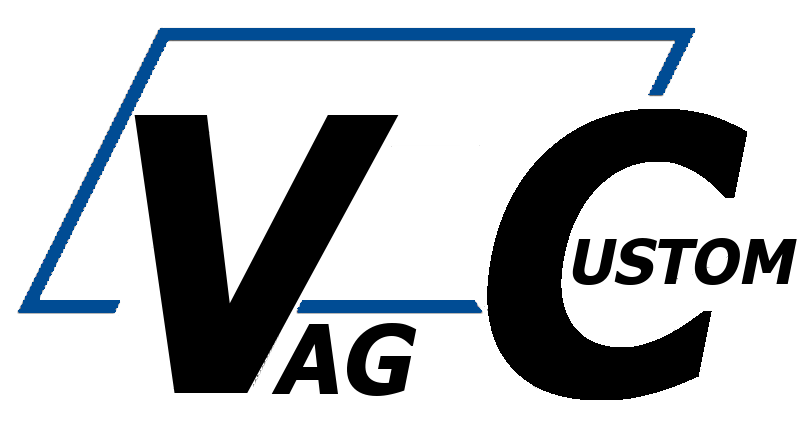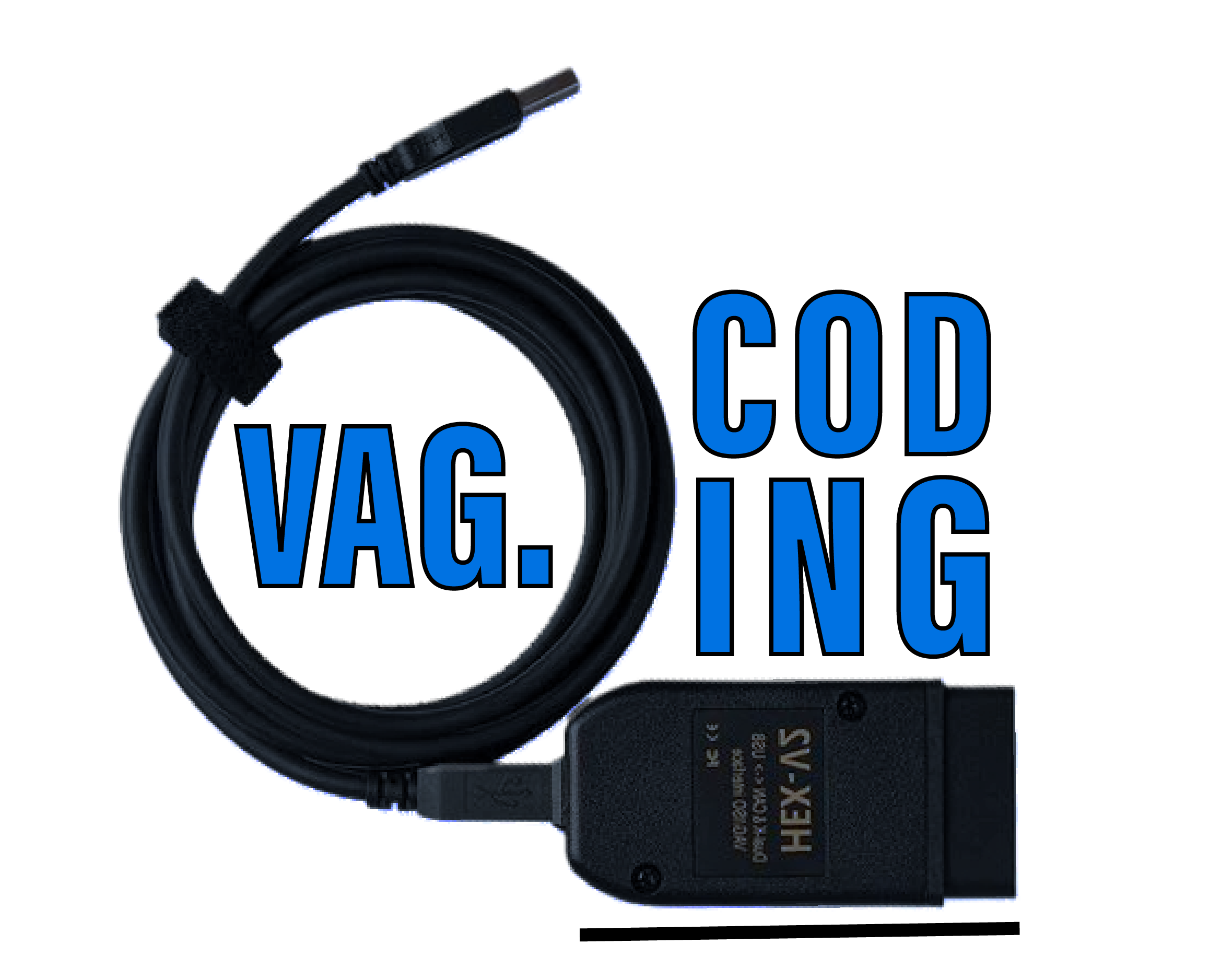
What is the MQB platform?
The Volkswagen Group’s MQB platform is the result of a strategy to share modules between several VAG Group vehicle models in order to reduce production costs.
The various components making up the entire vehicle are thus “interchangeable” between different vehicles of different makes:
- Audi
- Volkswagen
- Seat
- Skoda
These modules include the longitudinal motor, front-wheel drive and 4-wheel drive systems, among others.
- MQB: description of the Volkswagen platform
- First generation MQB – 2012
- Second generation MQB Ax- 2016
- Third generation MQB – 2017
- Evolution MQB – 2019
-> What is SFD protection?
-> VCDS vs OBDeleven comparison
MQB German acronym for Modularer Querbaukasten, which in French means “matrice modulaire transversale”.
The platform is shared with Diesel, Petrol or Hybrid Electric engines, so each chassis can accommodate any of these.
it is composed of :
- 4 variable sections (or modules): front part of the car up to the axle, rear part up to the axle, area between the rear seat anchorage point and the rear apron, wheelbase;
- 1 segment with fixed dimensions common to all models (between the accelerator pedal and the center of the front wheels), implying a standardized layout for all engines.
The platform is :
- Multi-brand: for example, the same variant is used as the basis for both the SEAT Leon and the 2-door Audi A3;
- Multisegment: the shortening or lengthening (range 165 mm) of the floorpan compared with that of the “base” platform (Golf VII) enables 5 different wheelbase lengths to be achieved. Within a single brand, the platform can be used as the basis for the Volkswagen Golf, Tiguan, Passat and Touran, or for the ŠKODA Octavia and Superb.

First generation MQB 2012-2021
- Audi A3 (8V)
2013-2020 - Audi Q2
2016-today - Audi TT Mk3
2014-today - SEAT León Mk3
2012-2020 - Škoda Octavia Mk3
2012-2020 - Škoda Superb Mk3 (B8)
2015-today - Volkswagen Arteon/CC
2017-today - Volkswagen Atlas/Teramont
2017-today - Volkswagen Golf 7
2012-2020 - Golf Sportsvan
2013-2020 - Volkswagen Passat (B8)
2014-today - Volkswagen Touran Mk2
2015-today
These vehicles benefit from partial to full support with the VAGCOM V1 ATMEGA 162
interfaces. These vehicles benefit from full support with the VAGCOM HQ V2 STM32F405/429 / OBDeleven interface.
Second Generation MQB 2016-2021
MQB A0 2016-2020
- Audi A1 Mk2
2018-today - SEAT Arona
2017-today - SEAT Ibiza Mk5
2018-today - Škoda Kamiq (Europe)
2019-today - Škoda Scala
2019-today - Volkswagen Nivus
2020-today - Volkswagen Polo Mk6
2017-today - Volkswagen T-Cross/Tacqua
2019-today
These vehicles are partially supported by the VAGCOM V1 ATMEGA 162
interfaces. These vehicles are fully supported by the VAGCOM HQ V2 STM32F405/429 / OBDeleven interface.
MQB A1 2017-2021
- Seat Ateca
2016-today - Škoda Karoq
2017-today - Volkswagen Bora Mk4
2018-today - Volkswagen T-Roc
2017-today - T-Roc Cabriolet
2020-today
These vehicles have limited support with VAGCOM HQ V1 ATMEGA 162
These vehicles have full support with VAGCOM HQ V2 STM32F405/429 / OBDeleven
Generation MQB A2 2016-2021
- Audi Q3 Mk2
2018-today - SEAT Tarraco
2018-today - Škoda Kodiaq
2016-today - Volkswagen Tiguan Mk2
2016-today - Tiguan Allspace/L
2017-today - Tiguan X
2020-today
These vehicles have very limited or no support with VAGCOM HQ V1 ATMEGA 162
These vehicles have full support with VAGCOM HQ V2 STM32F405/429 / OBDeleven
MQB evo generation 2019-2021
- Audi A3 Mk4
2020-today - Cupra Formentor
2020-today - SEAT León Mk4
2020-today - Škoda Octavia Mk4
2020-today - Volkswagen Caddy Mk4
2020-today - Volkswagen Golf Mk8
2019-today
These vehicles benefit from support that may be limited with VAGCOM HQ V2 STM32F405/429 interfaces due to SFD protection
These vehicles benefit from full support with VAGCOM HQ V2 VCDS Official online interface and OBDeleven
You’ll find links to our partner VAG CUSTOM ‘s store, where you can buy a VCDS or OBDeleven cable:

